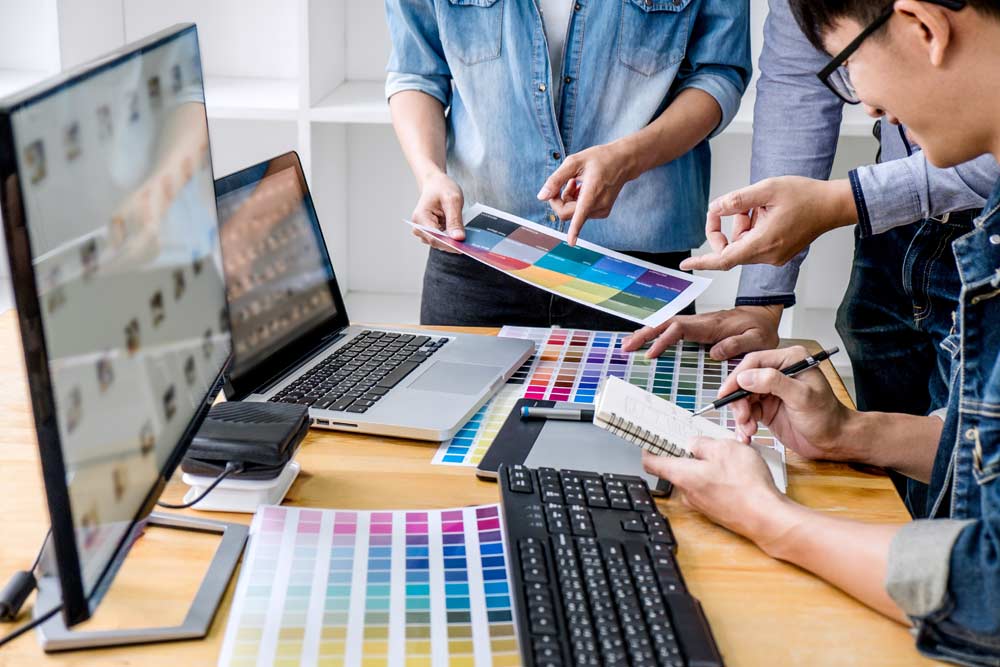As part of our series on creating web UX and brand identities, we look at
Colour and how it is used is vitaly important in web design
Design that works for audiences is about more than just well written and engaging copywriting and beautiful photography. If a website is to be intuitive, then it requires thoughtful architecture to guide users through the site. Key to this though is the use of colour.
Colour psychology as a marketing strategy is not a new topic and is often debated as we all have different preferences relating to the use of colour. Some people like red or orange, others like blue. So how then can a design work for everyone? A good site needs to be designed for everyone, not just one person. So step back from your own preferences and read on.
There is a subconscious library of colours that resonate with your audience. For example, for healthcare think green, as your audience is already expecting this, so it starts to make their choices intuitive. here are some other examples which you will recognise when you think about them.
Blue = Trust, hence banks and financial institutions use blue. Also think social media, again blue is a dominant colour because they want to instil trust.
So that’s a general colour tone, however, the shade can also have an influence. Some research carried out by Microsoft discovered that a button with a darker shade of blue #0044CC (that’s a hex code used to define colours on screen) generated more clicks and therefore more revenue than a lighter blue. Sounds rather unscientific? Well no actually there is science behind it. The rule of thirds, also known as the golden ratio has been understood by artists for years when composing an image, however the same ratio can also apply to colours. A HEX code is a combination of red, green a blue which are the colours of pixels on your screen. #0044CC when converted into RGB colours is a perfect mathematical blue when split into Red – 0, Green – 68 and Blue 204. Divide the blue by the green and you get three. So we are already programmed to find this colour trustworthy.
Of course, you can’t just colour everything blue, but used in the right place for the right reason it can have a notable impact.









